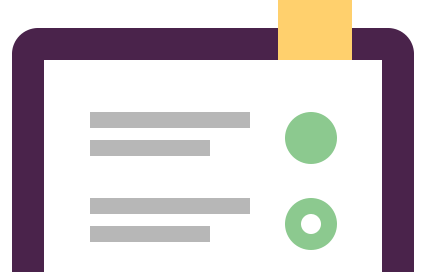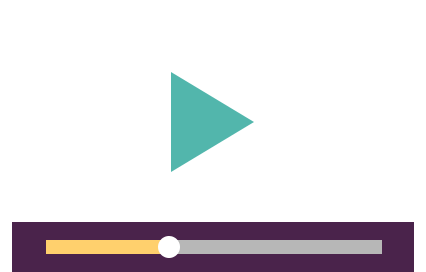Improve email copywriting
Learn key copywriting techniques that you can use immediately to get more of your emails opened, read and responded to
Module purpose
Sales letters and emails offer a fast, simple and economical way to attract new customers and generate fresh business opportunities. Unfortunately, 95% of everything that marketers send out by either email or post hits the waste or recycle bin in less than five seconds.
In this module, we will show you how to embrace emotional drivers and create well structured email copy to gain and retain customer attention.
How is the Learning Path structured?
- Objectives
- Understanding your audience
- Structure your messaging appropriately
- Turning customer need into customer desire
- Using fixing points
- Improving engagement with emails
- Timeless formulas
- Power words
- Summary
Learning Objectives
- Apply customer-centricity to capture and retain your target audience’s attention. Structure your messaging so that you say the right things at the right time
- Harness emotional drivers to turn customer need into customer desire. Use fixing points to make more people spend more time reading what you write

 Paid Membership is required
Paid Membership is required


